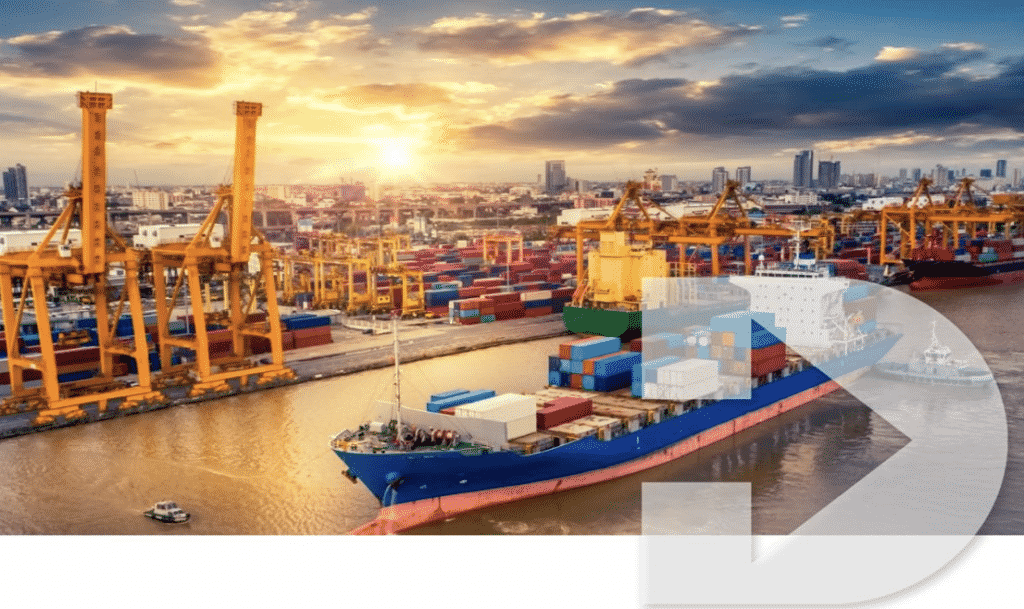Container ships are surprisingly interesting. Do you remember when Ever Given got stuck in the Suez Canal? That had global transportation services in a complete panic! This made us wonder what other interesting facts there were about these camels of the sea. You can find shipping container transport all over the world. So, what should we know about these units that travel between countries carrying the items businesses and consumers need?
In today’s article, we’ll explore some surprising facts about shipping containers. Let’s sink right in…
There are at Least 20 Million Containers on the Sea Right Now
That number might seem a bit excessive but there are about 20 million-plus all over the world’s seas. There are so many shipping containers on the ocean at any one given time, that it comes as no surprise that many container ships, don’t make it to their intended destination port.
Sizes are Standardised
The size of the shipping container ship is standardised worldwide. They all need to adhere to strict dimension rules. The standardised size makes the containers easy to transport and stack. They can be transported via sea or road.
Dimensions of a 20ft unit: 20 feet long, 7.87 feet wide and 8.53 feet high
The Average Container Ship Travels Almost as Far as the Moon each Year
The distance a shipping container travels each year is approximately 179,175 miles per year. That is roughly ¾ of the way to the moon!
90% of the World’s Goods are Transported by Ship
More than 90% of all imported and exported goods are transported by ship. Other options are transportation by road and by rail. Air transportation is also a possibility, but this is usually a more costly method.
Panama has the Largest Merchant Fleet
Panama has the largest merchant fleet with over 8,153 ships as of 2016. The USA is the sixth largest and has 3,570 vessels.
Death at Sea is Very Common
Over 2,000 sailors are killed every year and more than 10 000 shipping containers are lost at sea annually. Most of the workers on the ships are Filipino and more than 98% of the workforce are men.
Leased or Owned?
More than 50% of all shipping containers are owned by a shipping company. The rest are leased. A shipping container can be leased for between one and 10 years. Insurance costs are high as so many of them are lost at sea each year.
Keeping Products Cold
There is a lot of temperature-sensitive cargo that needs to be transported, often over great distances. To keep products cold during transportation, the shipping containers are sealed to lock and maintain the temperature inside.
It’s important to note that these containers aren’t refrigerators. They can’t create cold air. If they remain unopened the temperature doesn’t fluctuate too much.
Bananas Host Hidden Spiders
The main issue with transporting bananas is the number of spiders that are hidden inside them. One shipping container can hold 745 million bananas. Imagine how many spiders could be lurking. I wouldn’t want to be the worker responsible for opening that container!
Manual Tracking
Each shipping container is given a unique unit number. This is a 4-digit code:
- The first three digits identify the owner of the container.
- The last digit denotes the category.
- A letter U stands for unit freight container.
A 6-digit serial number follows this prefix. This is the identification tag that allows you to track the container as it makes its journey around the world.
Note: smart technology is changing the way we track shipping containers.
Made in China
More than 97% of all shipping containers are constructed in China. Because labour is so cheap, it makes sense to manufacture them there. China is also one of the world’s largest exporters, so it’s more efficient to produce them there.
Recycled Shipping Containers
Shipping containers can be used for different purposes. Many people turn them into swimming pools or even tiny houses. People even utilise shipping containers as clinics during disaster relief. They also make cost-effective classrooms, so be creative and you’ll perhaps find a use for one in your environment.
Not All Shipping Containers are Checked
It’s estimated that only 2% of all shipping containers are checked. This is due to the fact that there are so many shipping containers transported each year. This leads to big problems such as drug smuggling and human trafficking.
Hidden Below the Surface
Containers that fall off ships don’t sink! In fact, they float just below the surface of the water. They can’t be seen by other vessels and are often crashed into. These ninja containers can damage ships and cause many problems.
The container will sink eventually but it can take as long as 171 days for larger ones to go down.
Found on Land
Sometimes a container can be lost at sea for many years before they wash up on land. In some cases the container can contain hazardous materials that may damage the environment if they leak. Other times they can contain toys or products. Do you remember when all the rubber duckies washed up on the beach?
Final Thoughts
Who knew that shipping containers were so interesting? Do you know any other fascinating facts about the topic? Let us know in the comments.


